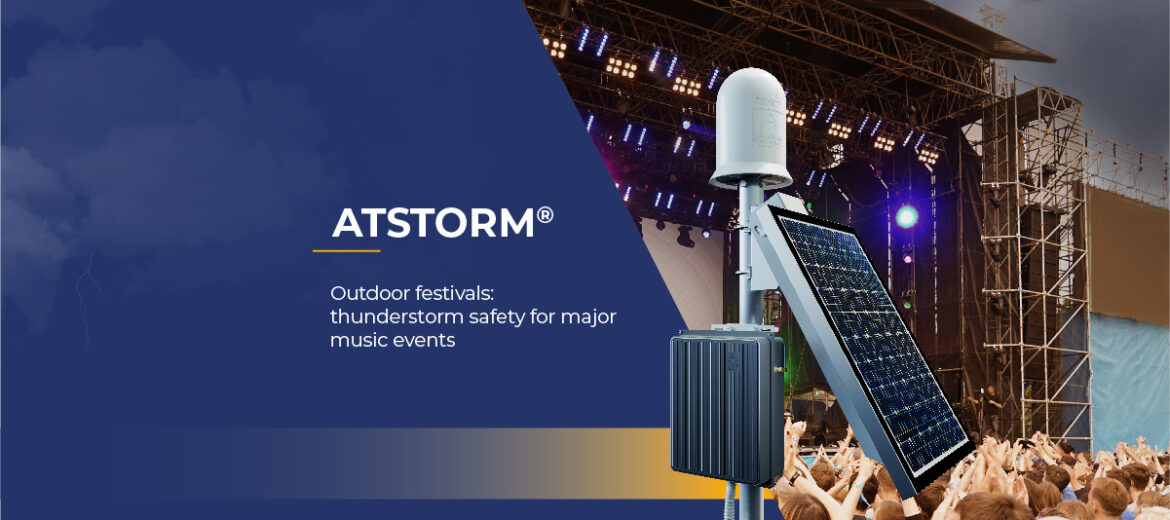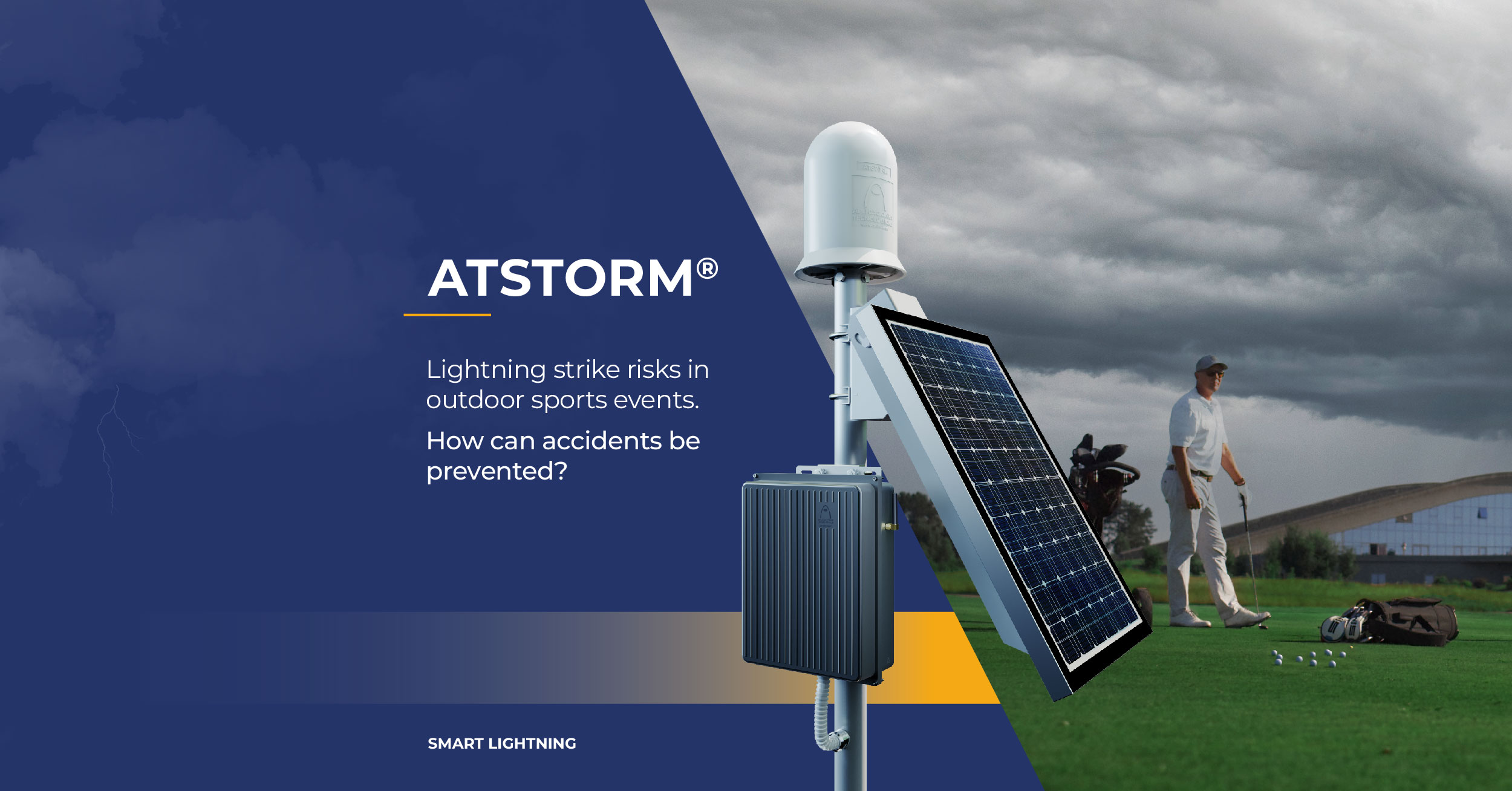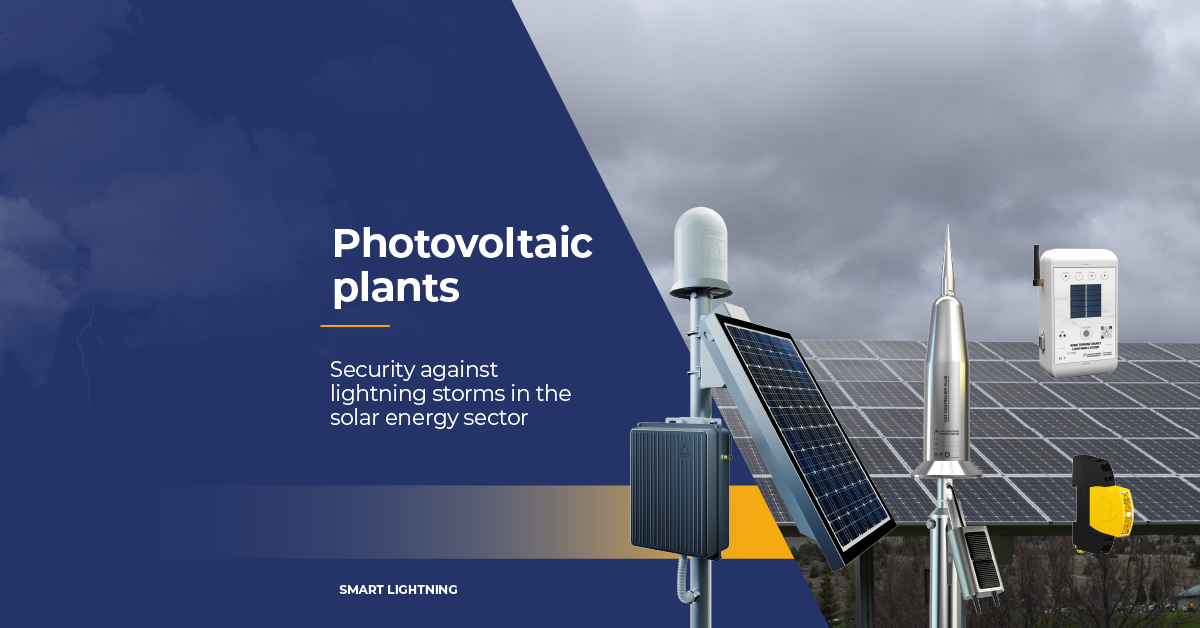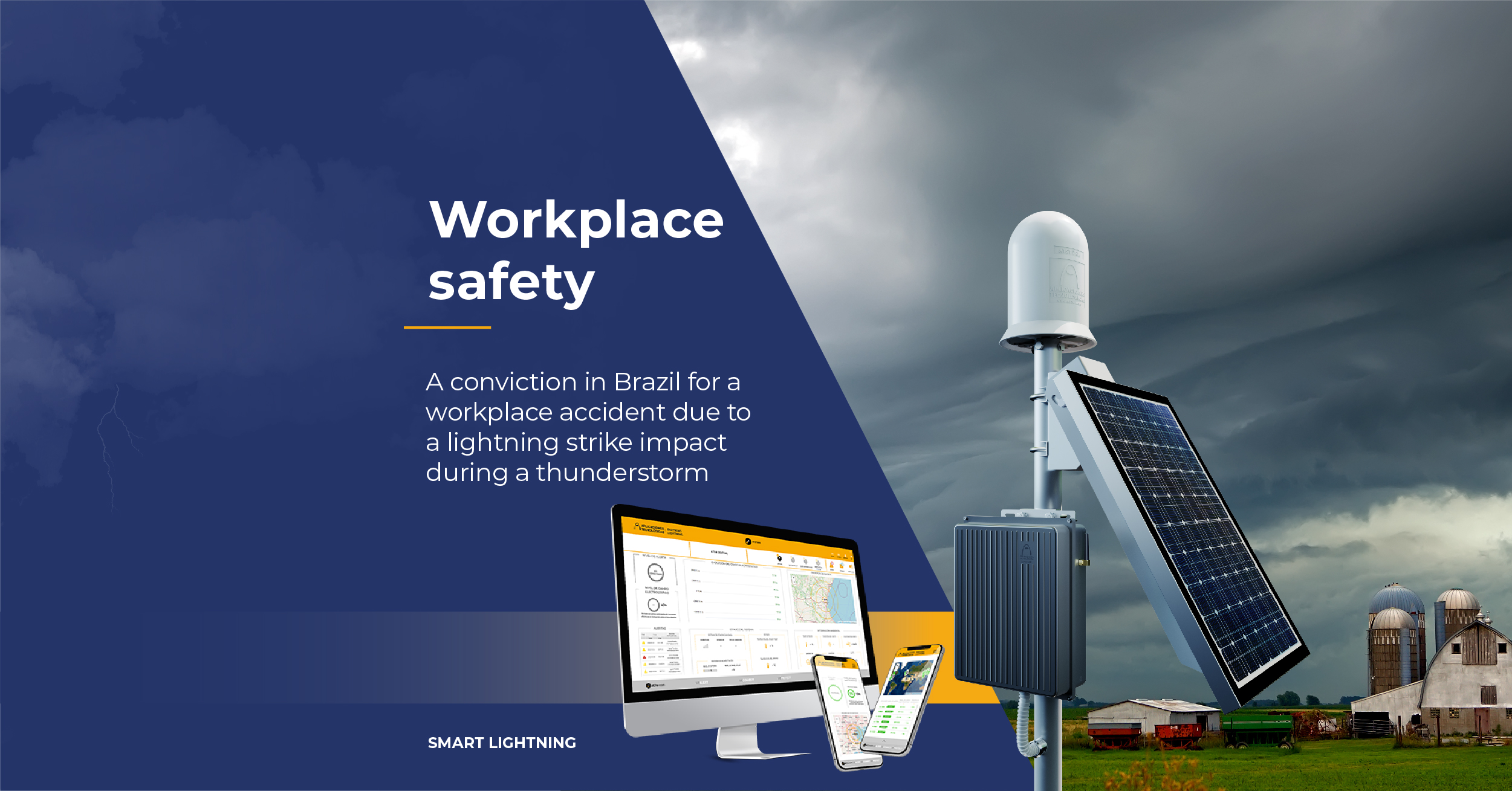With the arrival of good weather, outdoor festivals are multiplying across the northern hemisphere. The coming of spring marks the start of large concerts and music events that face several safety challenges, especially in adverse weather conditions. Like any open-air event, a festival is not exempt from the risk of a thunderstorm, which can cause damage to property and personal injury if adequate safety measures are not taken.
It has been weeks since outdoor festivals began their peak season in the northern hemisphere, coinciding with the arrival of good weather. Almost every week there are concerts by major music stars and large-scale festivals attended by several thousand – even hundreds of thousands – of people. However, these events are at the mercy of something as unpredictable as the weather, especially at the intersection of the seasons.
Weather monitoring is no stranger to festivals, with festivals even being called off as a precautionary measure based on forecasts and thus risking financial losses if the event is cancelled in its entirety in the face of the threat of a storm. However, even with heavy rainfall forecasts, many of these events still go ahead and evacuation is only considered based on approaching thunderstorms.
The consequences of a lightning strike, in addition to causing a serious safety problem for the people attending, can go a little further and add to material losses, with the destruction of electronic equipment of great economic value such as sound mixing consoles, amplifiers, microphones, guitars and other equipment used during this type of event.
Thunderstorm safety at outdoors festivals: a brief history of risky situations
Lightning strikes are no stranger to outdoor festivals and there are plenty of examples of lightning strikes, with varying results. Last year, Lady Gaga cancelled a concert in Miami (USA) with six songs to go after a nearby lightning strike which, fortunately, did not leave any casualties. In March 2023, the Lollapalooza Argentina festival was suspended as a precautionary measure on its second day due to a thunderstorm warning. The organisers decided not to go ahead with the planned concerts for fear of an accident. Not surprisingly, in 2018, the same festival was cancelled during an entire day when an atmospheric discharge broke a screen and the rain flooded the venue. A month later, also in Argentina, those attending the Buenos Aires Trance festival witnessed how lightning struck the side of a stage, a few metres from the audience, and collapsed part of it, as well as causing various damages.
The most severe cases in recent years were recorded in Germany and during consecutive years in the same place. The Rock Am Ring festival in the city of Nürburg was struck by lightning in 2015, injuring 33 people, but the event was not cancelled. The following year, in 2016, the same festival cancelled its final day when a lightning strike injured 80 people.
Storm detection at big festivals: identifying the risk before it happens
Outdoor festivals and big musical events, as well as other open-air activities such as major sporting events, golf courses or airports, are particularly sensitive to the lightning phenomenon and are at risk of severe damage from one or several lightning strikes if preventive measures are not taken well in advance.
Identifying the risk of a lightning strike by monitoring approaching thunderstorms (either by traditional methods such as the 30/30 rule or meteorological alerts) is only one part of preventive protection, which may be useful but is not sufficient, as these methods do not take into account all phases of the storm. In this respect, the international standard IEC 62793:2020 (Thunderstorm warning systems – Protection against lightning) identifies four phases of a thunderstorm, and only two can be detected within a distance.
There may even be a phenomenon known as a dry thunderstorm, where the first impact occurs even in the absence of precipitation, as the rain evaporates before it reaches the ground because there is little moisture in the lower and middle levels of the atmosphere. Although we usually associate storms with heavy rain, gusts of wind and electricity, all three factors do not always happen simultaneously or with the same intensity.
Anticipation time. ATSTORM ®, the thunderstorm detection system
The ATSTORM® system, developed and patented by Aplicaciones Tecnológicas, is a local warning system for thunderstorm risk prevention. ATSTORM® bases its warning on the measurement of the electrostatic field, although it also has an electromagnetic sensor that extends its monitoring area and allows a pre-alert status to be defined. The ATSTORM® system collects real-time information from the detection units and transfers it to AT-CLOUD via Internet of Things (IoT) technology. Through specialised algorithms, the system estimates the risk of a thunderstorm at the site, recognising the conditions requiring a warning.
By sending the data to a centralised server, it can then modify the alarm algorithms to improve alarm performance, cross-reference data with other sources to improve the system, adapt the algorithms to changes that may occur at the site and monitor the condition of equipment for predictive maintenance.
If you want to find out more about local storm detection and how ATSTORM® works, you can contact us at the following link and download the free ebook Advanced Lightning Risk Management.
You can also attend any of our webinars on thunderstorm detection by clicking on the following link.



